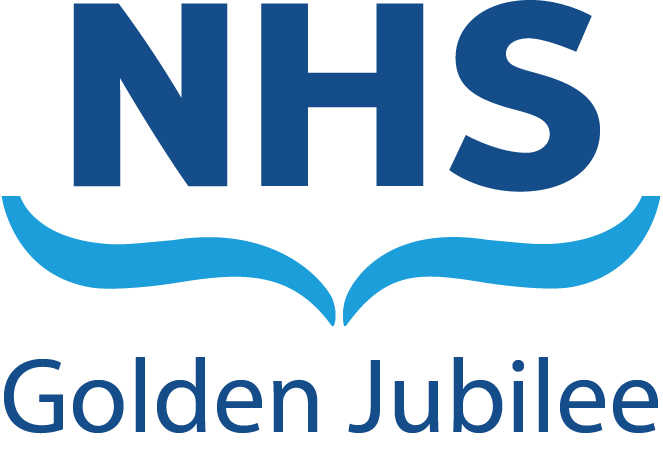Inpatient assessment
Inpatient assessment involves a number of tests being carried out over 4 days (3 nights).
You will undergo all or some of the following tests:
- Blood tests
- Chest x-ray - shows a good picture of your lungs and the outline of both your heart and pulmonary arteries.
- Echocardiograph - a repeat of the test you had at clinic and although it differs slightly from the previous one the process is the same as before.
- Lead Electrocardiogram (ECG) - records the electrical activity of the heart. Small electrodes are placed on your chest which picks up this electrical activity.
- High – Resolution Computerised Tomography scanning (HRCT scan) uses X- rays which provide detailed images of your lungs. The HRCT is particularly useful for finding common abnormalities in the lungs.
- Cardiac Magnetic Resonance Imaging (CMRI) uses a strong magnetic field to create images of tissues, organs and other structures inside the body.
- Pulmonary Function Tests (PFTS) are a variety of tests which assess your breathing in a number of ways. The tests provide information about the amount of air a person’s lung can hold and how effectively they work. It is important to establish if increased breathlessness over time is due to Pulmonary Arterial Hypertension (PAH) or other lung conditions.
- 6 Minute Walk Test assesses the distance you can walk on the flat in 6 minutes. Your heart rate and oxygen levels are monitored and recorded throughout the test via a small finger probe. We ask you to wear comfortable clothing and footwear for this test.
- Cardiopulmonary Exercise Testing (CPET) is where you are asked to ride an exercise bike while breathing through a mouthpiece and wearing a nose clip. You heart rate is monitored by small electrodes positioned on your chest.
- Computerised Tomography Pulmonary Angiogram (CTPA Scanning). This tells us whether there are any clots in the lung blood vessels or whether previous clots have left scarring.
- Ventilation – perfusion scanning (VQ scan) is used to detect blood clots and will tell the doctor about the evenness of airflow and blood flow to the lungs.
- Right Heart Catheter Test/ Pulmonary Angiogram is when a fine catheter is passed through a sheath (inserted into a vein in your neck under local anaesthetic) into your bloodstream. The catheter flows with your blood into the chambers of the heart and measures blood pressure. The sheath is removed from your neck immediately after the procedure.
A consultant will see you on the ward after your tests are complete to discuss the results. You can have a family member or friend join you for this.
If you are diagnosed with pulmonary hypertension you may be started on medication to treat the condition before you leave hospital.

